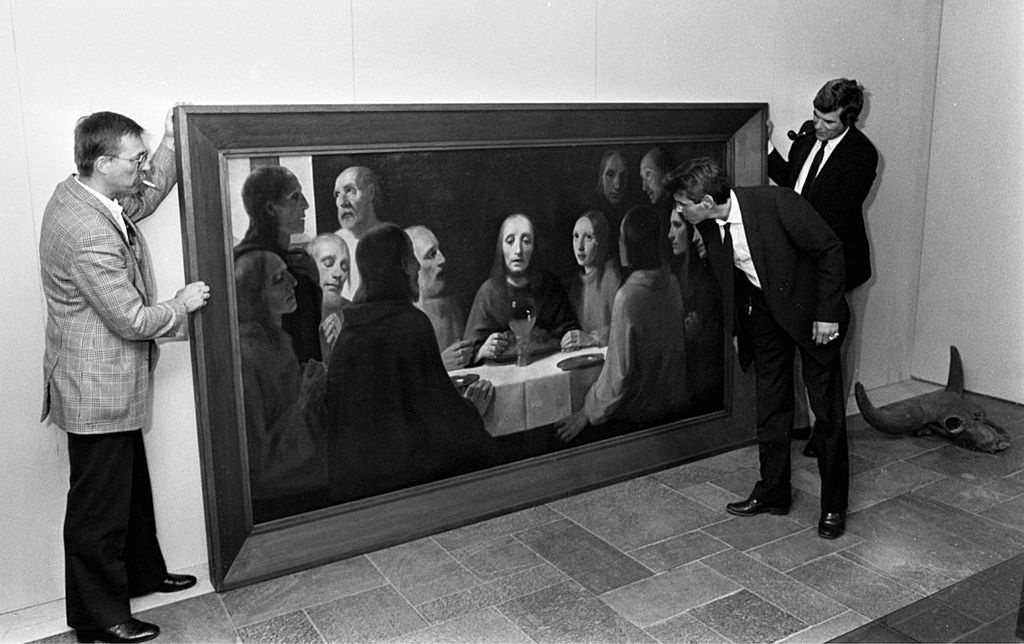The data-visualization folks at Quid have been crunching some numbers on investment in blockchain applications and they’ve come up with some interesting charts.
The researchers identified 450 venture-backed companies using some form of blockchain technology. And as you would expect, the biggest recipients of VC money to date have been Bitcoin miners, cryptocurrency exchanges, and companies involved in financial services of one sort or another.
But when Quid stripped out the fin-tech firms a very different picture emerged. Four of the top 10 recipients are rights-tech companies, including ascribe, artCOA, Monegraph, and Revelator.

The scale of the investments in non-finance related startups is far smaller than in fin-tech firms, of course. The top rights-tech company on the list, ascribe, has raised about $6 million to date, compared to more than $130 million for 21 Inc., which sells Bitcoin mining computers. But as Quid notes, its analysis “suggests that blockchain has big potential to transform a variety of industries, particularly those that rely heavily on data authentication and verification, including healthcare and digital media.”




